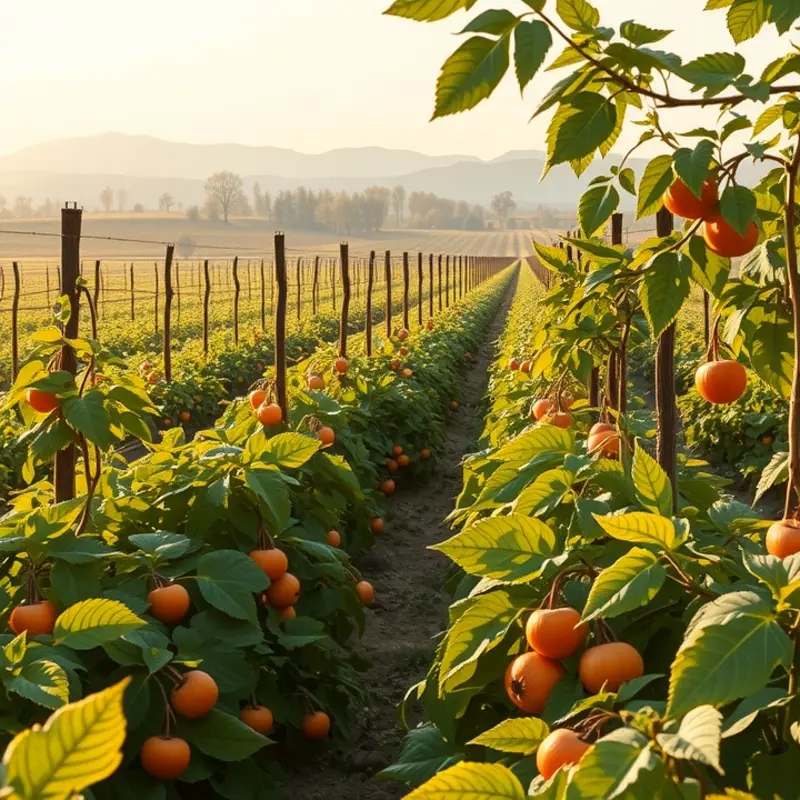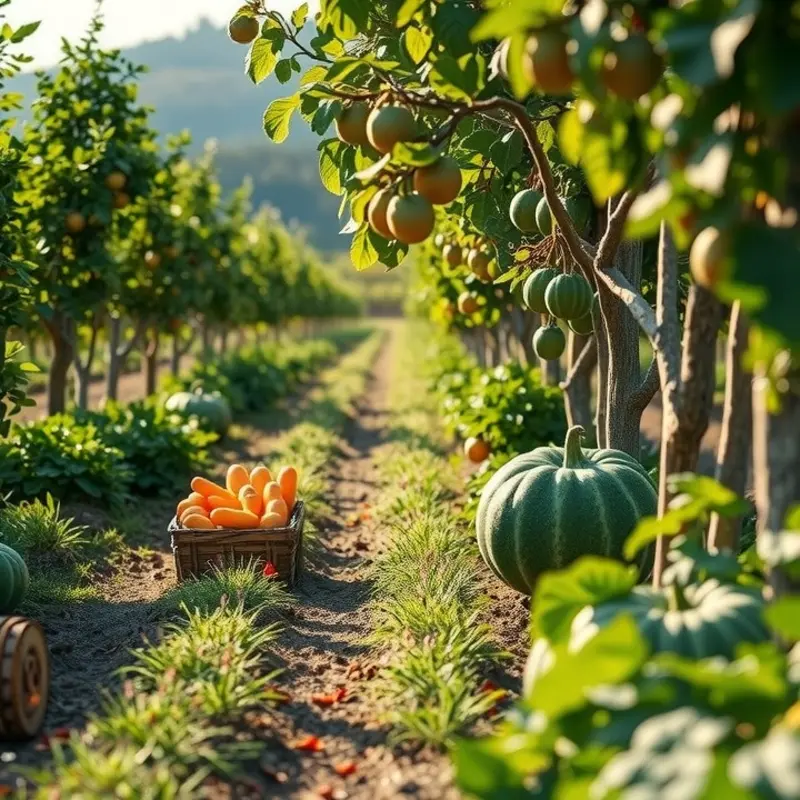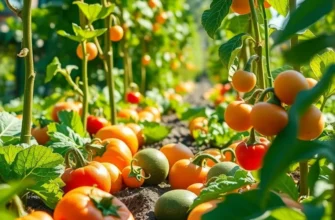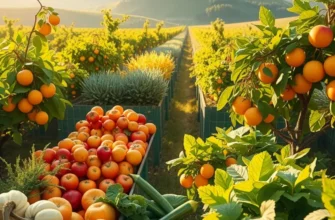Barbecue transcends a mere cooking technique; it’s a cherished tradition across cultures, uniting communities around smoke and flavor. From the vibrant streets of South America to backyard gatherings in North America, global barbecue traditions reflect the essence of local ingredients, preparation methods, and social practices. Dive into this flavorful world, discovering how different regions embrace their unique barbecue styles, bringing families and friends together through the love of grilled and smoked meats.
The Grill of America: A Melting Pot of Flavors

Barbecue in the United States is a rich tapestry woven with diverse cultural threads. Each region boasts its own style, reflecting its distinct heritage and local ingredients. In Texas, the heartland of barbecue, brisket reigns supreme. Cooked low and slow over mesquite wood, the emphasis is on the meat’s rich flavor, complemented by a simple salt and pepper rub.
Travel eastward to the Carolinas and you will encounter two distinct barbecue styles: Eastern and Western. Eastern North Carolina favors a whole-hog approach, using a vinegar-based sauce that cuts through the rich, smokey meat. In contrast, Western North Carolina, or Lexington style, specializes in pork shoulder, adorned with a tangy tomato-vinegar sauce.
Further south in Memphis, the ribs are often highlighted. Here, pitmasters apply flavorful dry rubs of spices before smoking, resulting in a delectable blend of sweetness and spice. Some purists prefer ribs “dry,” but others enjoy dousing them with a thin, tangy sauce. Kansas City rounds out this regional tour with its love affair with pork ribs and burnt ends, all smothered in a thick, sweet, molasses-based sauce that has become iconic.
Influences from immigrant communities also permeate American barbecue. German immigrants in Texas introduced smoked sausages, which, when combined with slow-cooked meats, became hallmarks of Texas barbecue. The African American community has significantly contributed to barbecue traditions, especially in the Southern U.S., where cooking techniques and flavors have been passed down through generations. Learn more about culinary influences from global trade.
Festivals celebrating barbecue can be found throughout America, offering a glimpse into this culinary tradition’s social importance. In Memphis, the annual “World Championship Barbecue Cooking Contest” draws competitors and visitors from across the globe. Kansas City hosts the “American Royal World Series of Barbecue,” which is renowned for its competitive spirit and community vibe.
Barbecue plays a central role in American social gatherings, extending beyond festivals to family reunions, holidays, and summer cookouts. The communal nature of barbecue encourages sharing and connection. From Memorial Day to the Fourth of July, families and friends gather in backyards and parks to partake in this hearty cuisine, cementing barbecue’s place in American culture and identity.
Whether you’re savoring the nuanced flavors of a Texan brisket or the piquant zest of Carolina pulled pork, American barbecue is a feast of tradition and innovation. The blend of cultural influences that colors each style continues to evolve, reflecting the dynamic nature of America’s culinary landscape.
Barbecue Around the World: Diverse Cultures, Unique Flavors

Barbecue is a deeply entrenched culinary tradition across the globe, offering a window into the heart of cultural identities. While well-loved in the United States, barbecue traditions elsewhere also carry a wealth of history and flavor.
Korean ‘Gogi-gui’:
In Korea, ‘gogi-gui,’ or Korean barbecue, stands out with its communal style of dining, where the sizzle of meat on charcoal or gas grills becomes a shared experience. At the table, diners grill their own meat, often selecting from a variety of options such as beef, pork, or chicken. The marination process is key, with soy sauce, sugar, sesame oil, and garlic forming the base of marinades that infuse richness and depth. Side dishes, known as banchan, diversify the meal, ensuring each bite is as varied as it is flavorful. Beyond food, gogi-gui represents togetherness; meals are a time for community bonding.
Brazilian ‘Churrasco’:
In Brazil, churrasco is not merely a meal; it’s a celebration. Originating from the southern regions, this style of barbecue centers around skewered meats cooked over open flames. A churrascaria restaurant brings this tradition indoors, offering a parade of meats served directly from skewers. The seasoning tends to be simple—coarse salt is often all that is used before cooking, highlighting the natural flavors of premium cuts. The churrasco tradition speaks to a culture of hospitality where sharing is key, transforming a meal into a feast with endless portion generosity.
South African ‘Braai’:
The braai is South Africa’s answer to barbecue, infused with a spirit of unity. More than just a cooking technique, a braai is an event, usually taking place outdoors. It’s a time for friends and family to gather around a wood or charcoal flame. The variety on offer is extensive, from boerewors sausages to lamb chops, often accompanied by maize-based ‘pap’ or a mix of salads. The braai shows South Africa’s cultural diversity, bridging communities through a shared love for grilled cuisine. It’s a reminder of simpler, unifying times, echoing the sentiment that food, indeed, can bind us.
Across different continents, these barbecue traditions underscore the significance of food as a cultural connector. The preparation methods, distinctive spices, and cooking techniques provide insight into a region’s identity and communal values. This rich diversity in flavor and technique emphasizes that, whether in a bustling city or a quiet village, barbecue fosters moments of shared joy and cultural pride.
For insights into how global cuisines influence each other through trade and cultural exchange, visit our exploration of culinary influences.
Final words
Global barbecue traditions offer captivating insights into cultural identities, uniting diverse communities with flavors that span continents. Whether it’s the smoky allure of a Texas brisket, the fragrant spices of a South African braai, or the meticulous techniques of a Korean barbecue, each style carries stories woven through generations. As we explore and participate in these traditions, we not only savor delicious meals but also embrace the deeper connections they foster among friends and families. So gather your loved ones, fire up the grill, and celebrate this universal love for barbecue that knows no borders.








